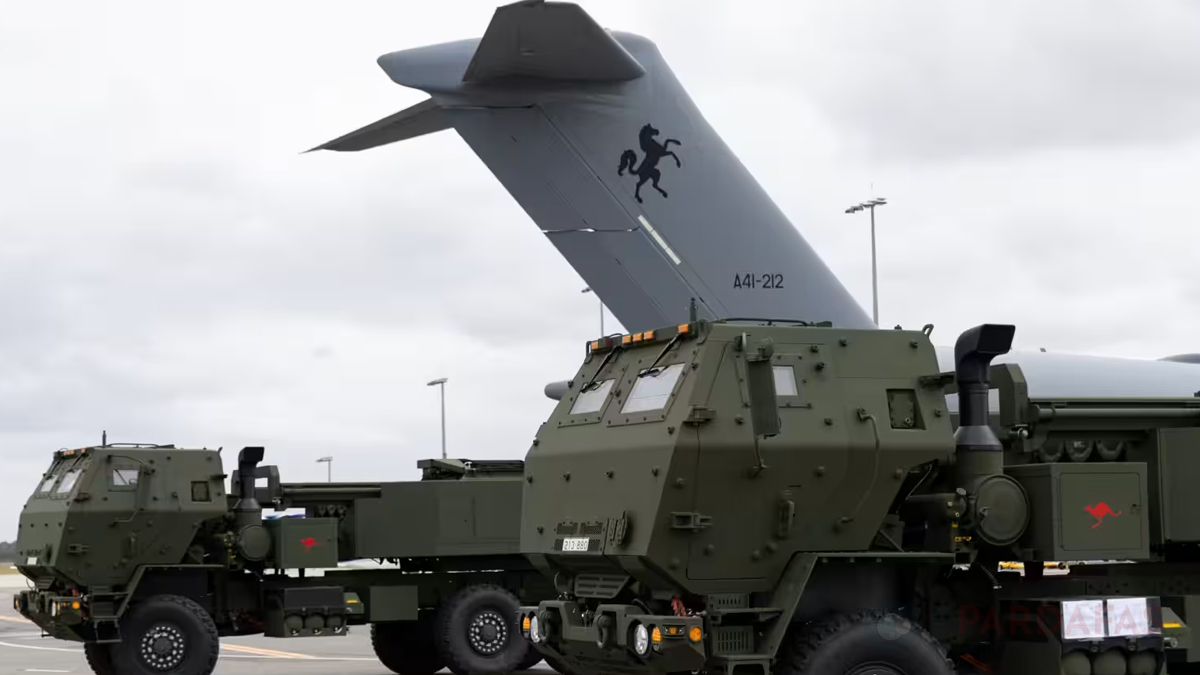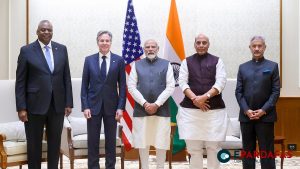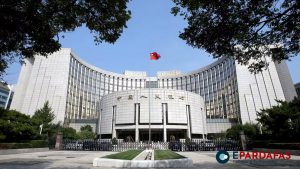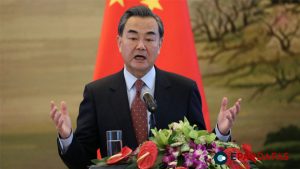Australia has announced plans to accelerate AU$1 billion ($628.6 million) of its defense spending, aiming to strengthen its defense capabilities amid increasing Chinese military assertiveness in the Indo-Pacific region and growing pressure from the U.S. to boost defense expenditures.
Revealed as part of the federal budget, the decision advances a portion of the AU$10.6 billion rise in defense spending planned over the next four years. The expedited funding will be brought forward from the 2028-2029 fiscal year to support defense projects from 2026 to 2028, according to Treasurer Jim Chalmers.
The measure is part of a broader strategy to increase defense spending by AU$50.3 billion over the next decade, with a target of raising defense expenditure to 2.3% of GDP by the early 2030s. Currently, Australia’s defense spending stands at 2.17% of GDP or AU$56.6 billion annually, with a projection to reach 2.27% in the next financial year.
Defense Minister Richard Marles described the AU$50.3 billion increase as the “largest peacetime rise in defense spending since World War II.” He noted that the accelerated AU$1 billion will support upgrades to the HMAS Stirling naval base in Perth to accommodate U.S. submarine rotations, enhance domestic production of guided weapons, and expedite the acquisition of new general-purpose frigates.
Despite the increase, some defense experts argue the spending boost falls short of addressing the region’s growing security challenges posed by China’s expanding military power. Malcolm Davis, a senior defense analyst at the Australian Strategic Policy Institute, criticized the government’s cautious approach, warning of a “major war within our region” potentially emerging from a crisis in the Taiwan Strait.
“The government’s determination to stick with a slow and gentle rise in defense spending … is literally too little, too late,” Davis posted on X.
Treasurer Chalmers acknowledged the tense global environment, stating, “The world is in a dangerous place right now,” but defended the government’s plan to raise defense spending from 2% to 2.3% of GDP over the next decade, calling it a “substantial ramp-up.”
Ahead of the budget release, naval expert Alex Luck emphasized the need for enhanced naval and long-range missile capabilities to counter regional threats, particularly from China. His comments followed an unprecedented exercise by a fleet of Chinese warships that conducted live-fire drills off Australia’s eastern coast in the Tasman Sea, heightening concerns within Australian defense circles.
The modest funding increase also fails to meet the Trump administration’s call for allies to raise their defense spending to 3% of GDP. Elbridge Colby, a former U.S. undersecretary of defense for policy, recently argued before the U.S. Senate Armed Services Committee that Australia faces a “far more powerful challenge in China” than NATO faces in Europe.
However, Australian Prime Minister Anthony Albanese defended the nation’s defense policy, asserting, “Australia determines our national interest.” He emphasized that significant resources are already being allocated to strengthen defense capabilities, including advanced missile systems.
As part of the AUKUS security partnership with the U.K. and the U.S., Australia is expected to acquire nuclear-powered submarines, a project costing up to AU$368 billion. Experts like Luck believe this long-term investment may naturally push defense spending toward the 3% of GDP mark by the end of the decade.














Comments